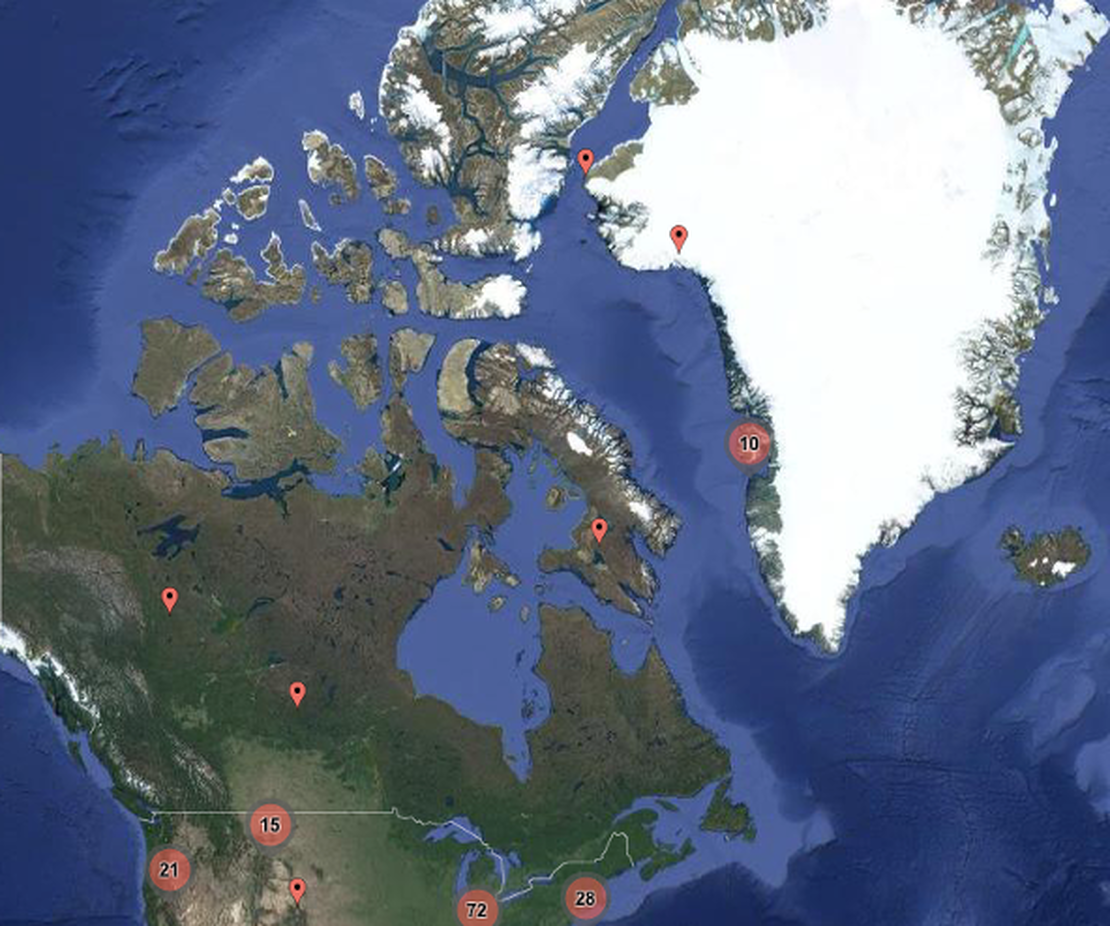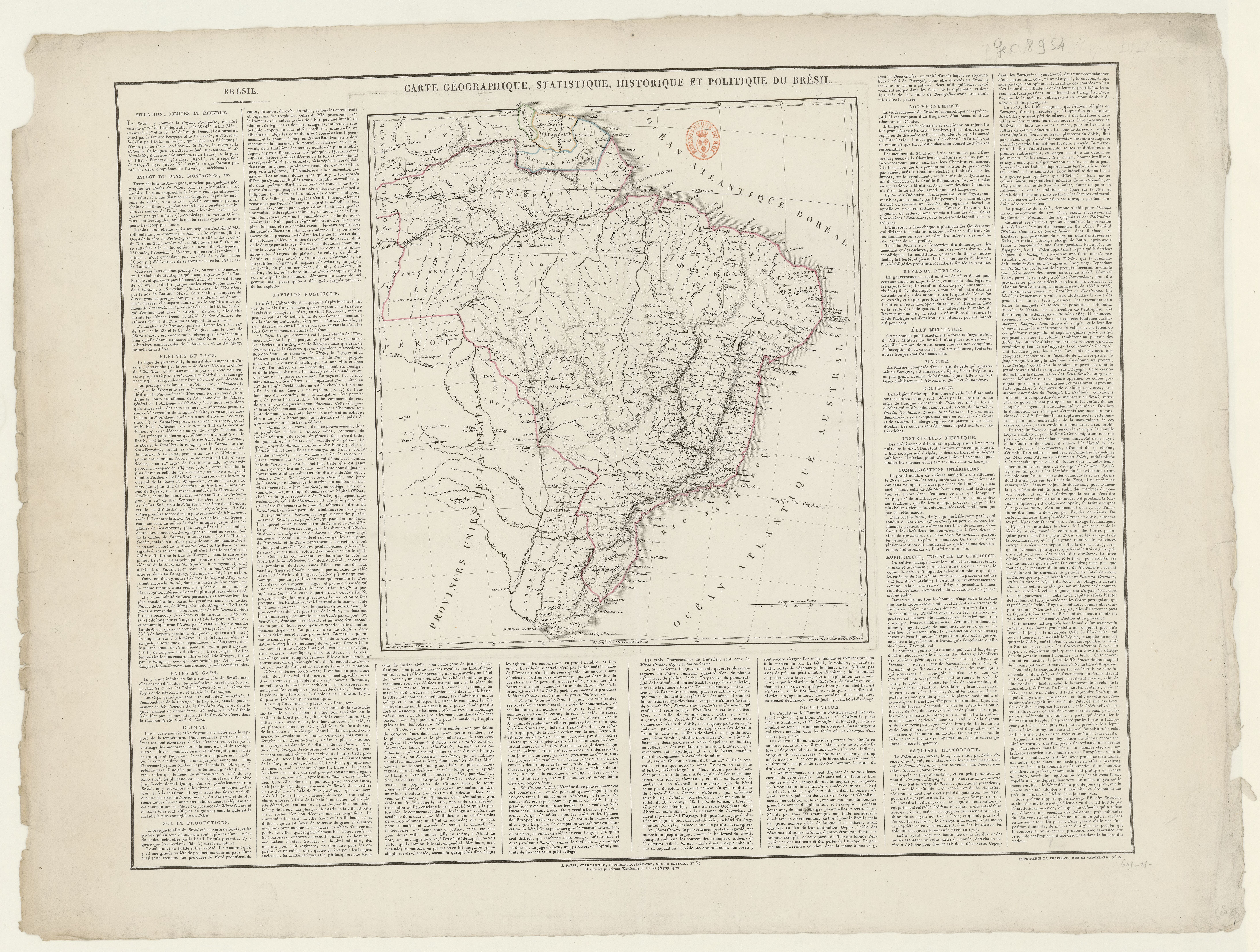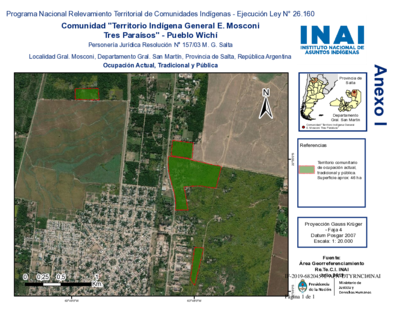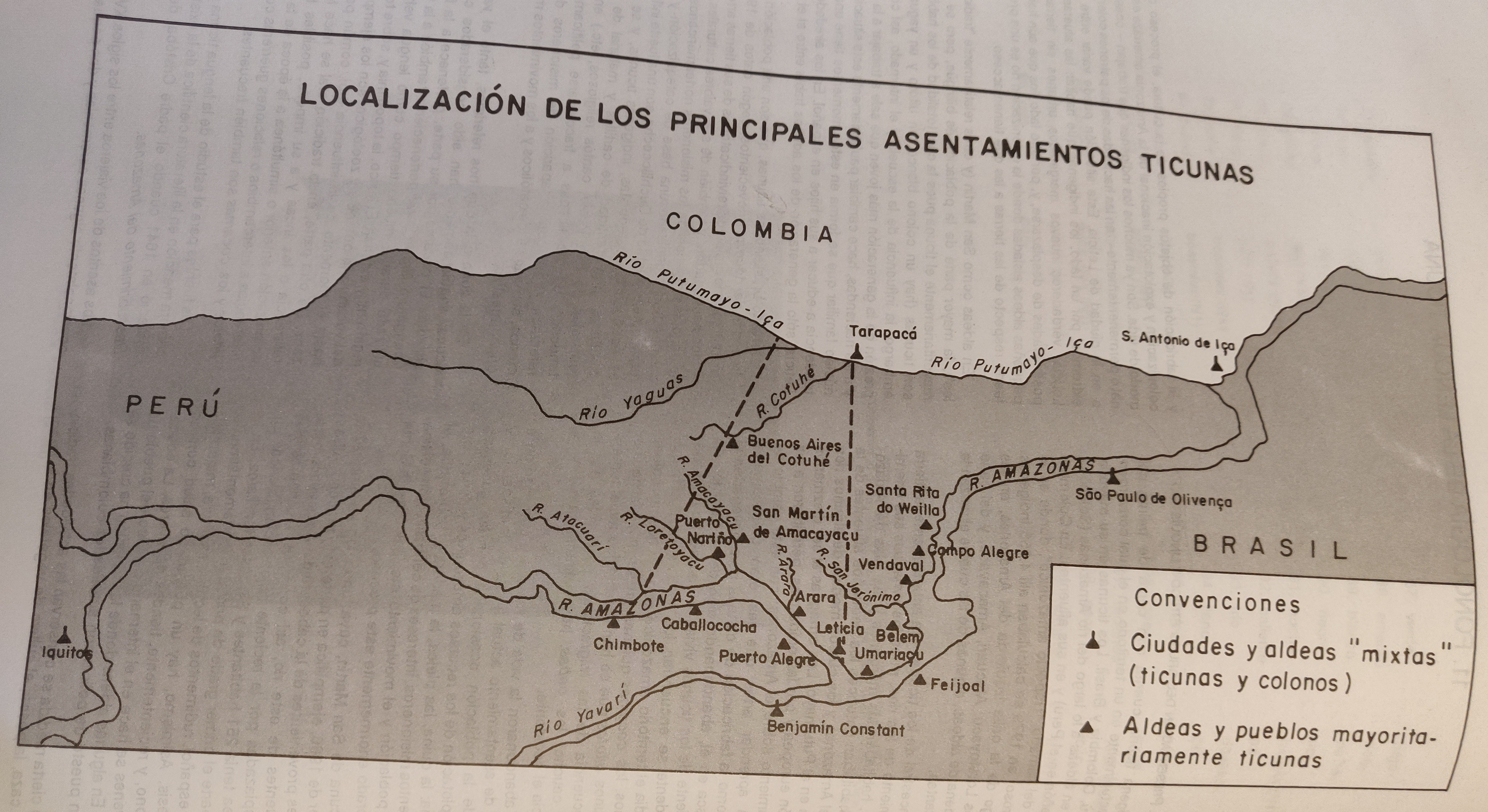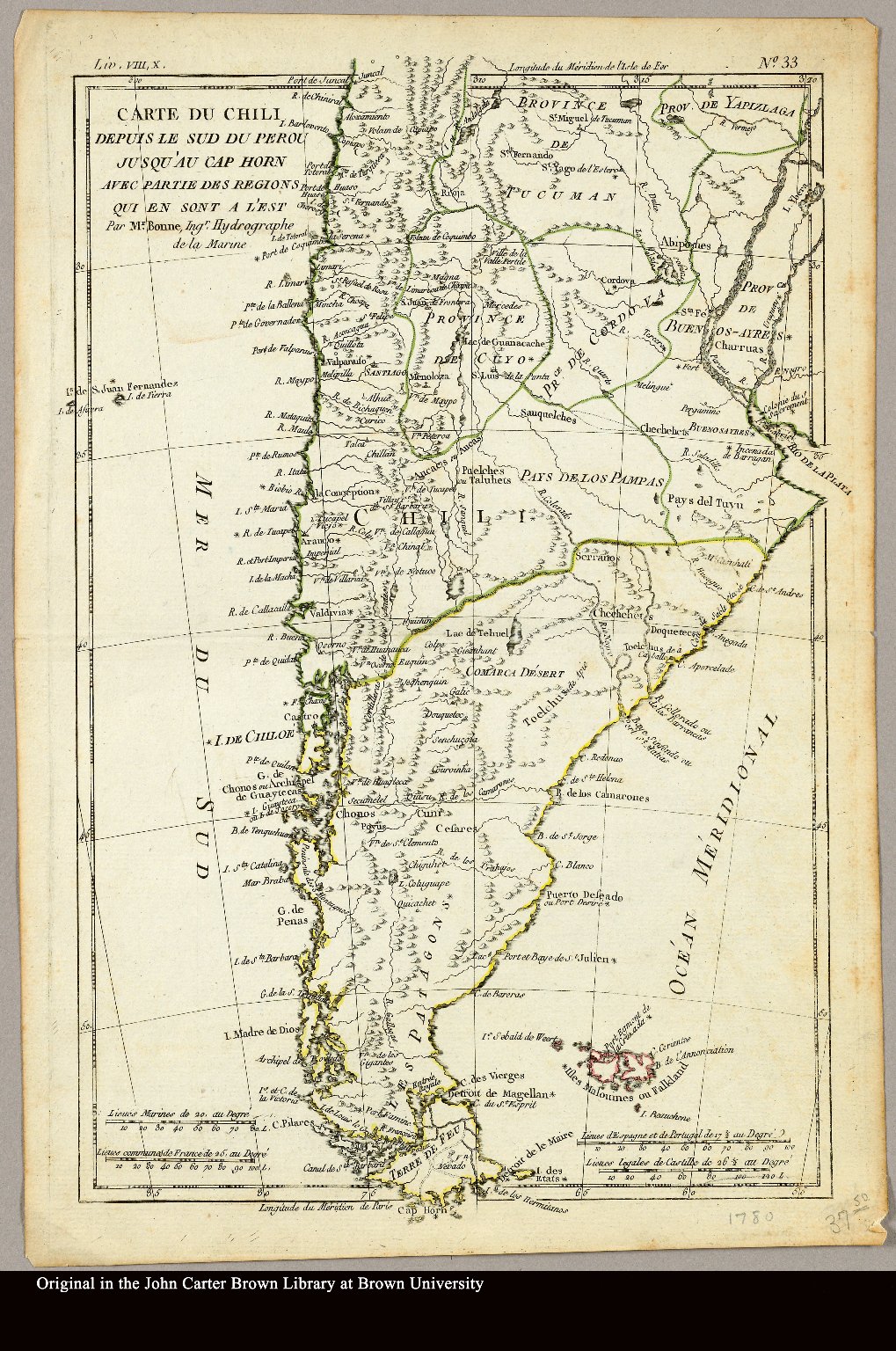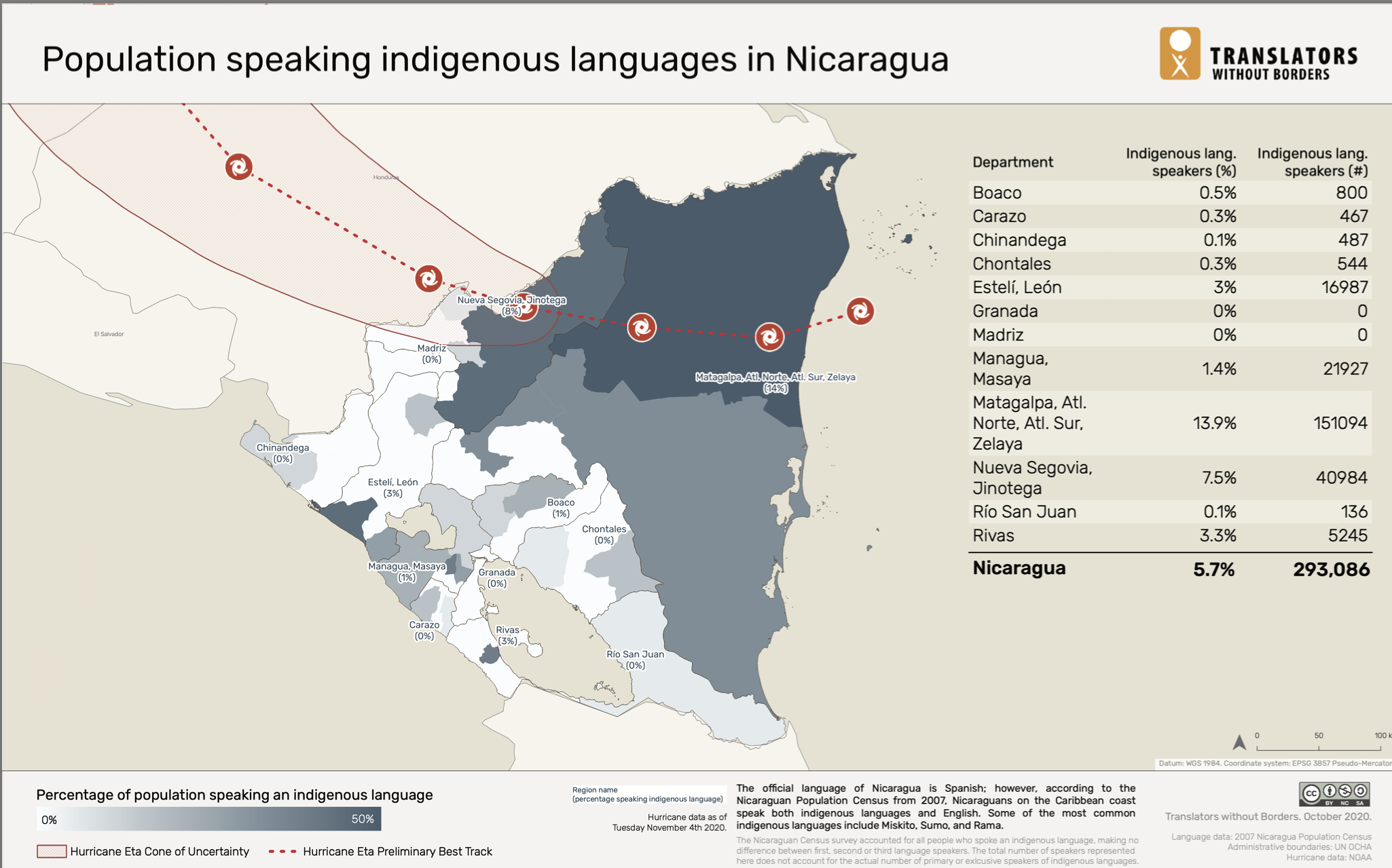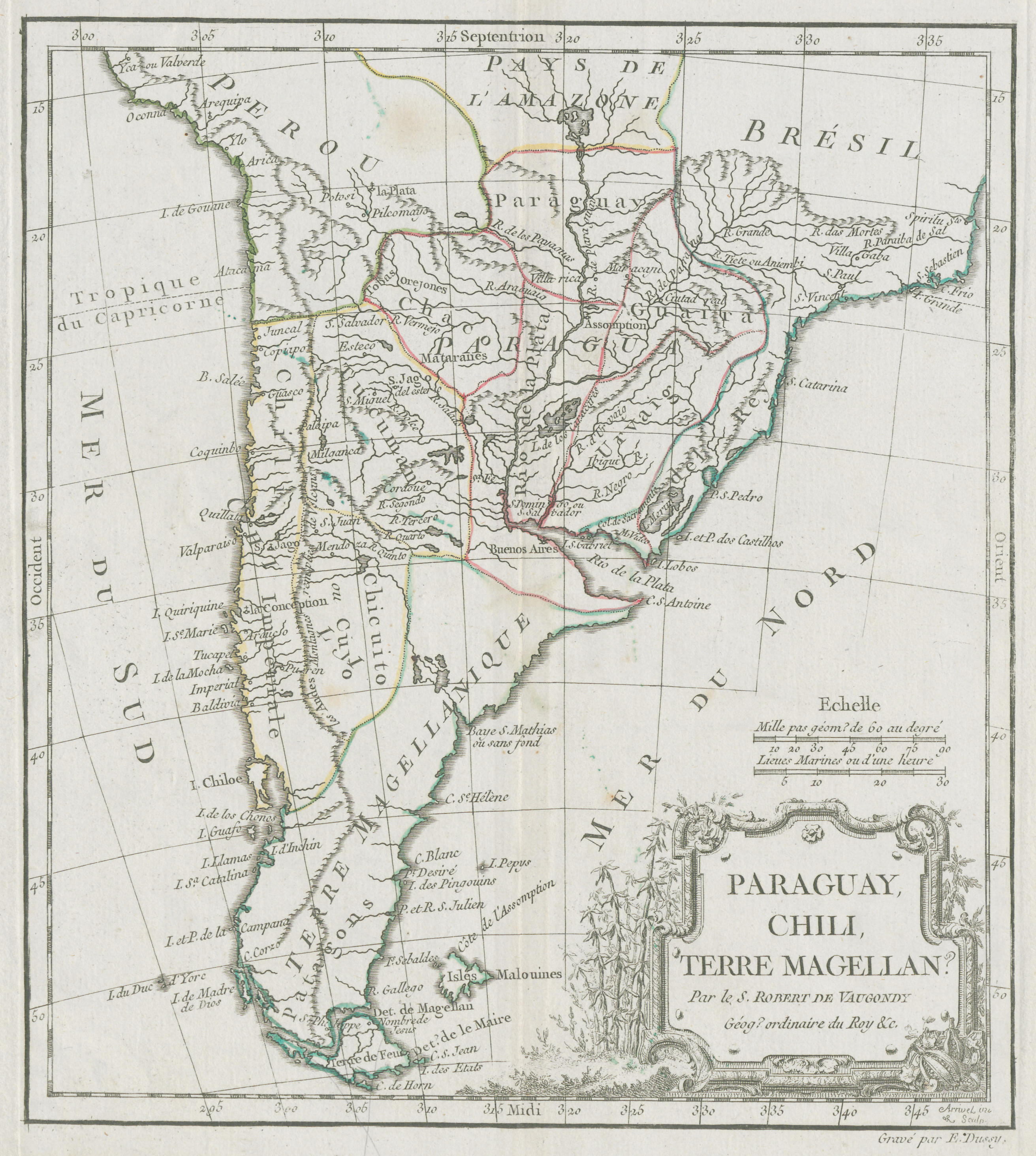Resumen
Como muchos museos de antropología, el Penn Museum alberga los restos humanos de ancestros indígenas. La colección de antropología física del Museo Penn representa un importante caso de estudio, ya que sus fondos son amplios (abarcan unos 10.000 individuos en total), tienenimportancia histórica y están razonablemente bien documentados. Estas colecciones también ponen de manifiesto muchas de las complejidades de los procesos de “cosificación” y “museificación” que durante tanto tiempo han despojado a los pueblos indígenas de sus ancestros. La Colección Craneal Samuel George Morton, compuesta por unos 1.600 cráneos humanos y acopiada a mediados del siglo XIX, es quizá la más conocida de las colecciones de restos humanos del Penn Museum. Sin embargo, hay otras colecciones que contienen cientos de cráneos y otros restos humanos procedentes de las numerosas expediciones arqueológicas patrocinadas por el Penn Museum desde finales del siglo XIX y hasta mediados del siglo XX. Entre ellos hay restos humanos de todo el mundo, un gran porcentaje de los cuales procede de los pueblos indígenas de las Américas.
Samuel George Morton comenzó a coleccionar cráneos en 1830, aprovechando su posición como miembro de alto rango de la Academia de Ciencias Naturales de Filadelfia, la primera gran sociedad científica institucionalizada de Estados Unidos dedicada a la historia natural. Recurrió a una red mundial de naturalistas, médicos, funcionarios coloniales, misioneros, oficiales militares y otros para que le enviaran cráneos. Creyendo que el tamaño del cráneo era indicativo de inteligencia, recolectó cráneos para categorizar, medir y clasificar las razas humanas en uno de los primeros casos de “racismo científico” sistemático en Estados Unidos. El trabajo de Morton se utilizó para justificar y explicar la supremacía blanca, la esclavización de personas afrodescendientes y el “destino manifiesto” colonial de los europeos en las Américas.
Morton publicó “catálogos” de su colección a medida que ésta crecía, en 1840, 1843 y 1849. A cada cráneo se le asignaba un número y Morton solía registrar los datos básicos de la procedencia del cráneo, junto con el nombre del suministrador. Estos suministradores eran a menudo ladrones de tumbas, saqueadores de campos de batalla, hurtadores de salas de disección o intermediarios. A los individuos cuyos restos humanos catalogó Morton, también atribuyó raza, sexo y edad en el momento de la muerte—a veces basándose en detalles proporcionados por sus proveedores, pero a menudo basándose por completo en sus propias conjeturas. En algunos casos, los detalles de la vida de un individuo se incluían o se documentaban en cartas que acompañaban a algunos de los cráneos. Morton murió en 1851, pero su sucesor, James Aitken Meigs, siguió ampliando la colección y publicó otro “catálogo” en 1857. La Academia de Ciencias Naturales siguió aumentando la colección hasta la década de 1920, cuando se registró la última incorporación en un libro de incorporaciones inédito.

Figura 2. Lugares de los actuales Estados Unidos y México donde se recolectaron ancestros indígenas.
La presente cartografía de la Colección Morton refleja únicamente los restos humanos de ancestros indígenas de Norteamérica que aparecen en los registros de los catálogos publicados. La cartografía indica la procedencia aproximada—o los lugares de recogida—de estos ancestros. Entre los 1.035 cráneos registrados en “la colección Morton” en 1857, 263 pertenecen a ancestros indígenas de Norteamérica. Los cráneos de estadounidenses blancos y negros, así como los de personas esclavizadas que murieron en el Caribe, también figuran entre los restos humanos que Morton reunió y documentó en estos catálogos, pero no se incluyen aquí en el presente mapa. (También hay al menos siete ancestros de Hawai que formaban parte de la Colección Morton hacia 1857 que igualmente se han excluido de esta cartografía).
La mayoría de los ancestros indígenas de Norteamérica proceden de lo que hoy es Estados Unidos, pero los “coleccionistas” también exhumaron restos humanos desde la bahía de Baffin y Groenlandia en el norte, hasta la península de Yucatán en el sur. Alrededor del 80% de los ancestros de Norteamérica proceden de los actuales Estados Unidos, la mayoría de zonas al este del río Misisipi o al oeste de las montañas Rocosas.
El despojo de tierras y cuerpos a raíz de la “Ley de Traslado Forzoso de los Indios” de Andrew Jackson de 1830, y la exploración y colonización del Territorio de Oregón—añadido a Estados Unidos en 1846—fueron algunos de los principales contextos de estos robos de cadáveres indígenas, aunque no fueron los únicos. La Guerra Mexicano-Estadounidense de 1846–48 fue otro episodio histórico significativo que proporcionó docenas de cráneos a Morton.
Aunque estos mapas ofrecen una visión general de los lugares donde se recolectaron estos restos humanos, no pretenden representar los verdaderos “orígenes” de los ancestros de la colección de Morton. Esto se debe, en parte, a que los coleccionistas de cráneos a menudo saqueaban las tumbas de ancestros enterrados lejos de sus tierras natales como consecuencia de los sucesivos desplazamientos forzados que sufrieron los pueblos indígenas en las Américas a lo largo del siglo XIX. En consecuencia, es posible que muchos ancestros incluidos en la colección hayan vivido y muerto lejos de las tierras ancestrales y espirituales que sus comunidades habitaban antes de la llegada de los colonos. Sin embargo, la inexactitud de las coordenadas GPS aquí proporcionadas no sólo refleja la inherente imprecisión de los registros históricos, sino que también oculta y protege intencionadamente las ubicaciones exactas de las sepulturas indígenas. El software cartográfico utilizado agrupa los lugares en función de su densidad y de la escala del mapa. Para mostrar todos los sitios entre el sur de México y Groenlandia, hemos proporcionado dos imágenes separadas de estos mapas.
Hemos utilizado marcadores de ubicación generales dentro de regiones o territorios definidos en el mapa para representar a grandes rasgos los orígenes geográficos de los restos humanos indígenas que posee la Colección Morton y proporcionar información histórica sobre el proceso de su recogida. Sin embargo, alrededor del 10% de los restos humanos catalogados antes de 1857 carecen de documentación suficiente para asignarles siquiera marcadores de ubicación generales, por lo que se han omitido por completo del mapa. Estos “desconocidos”—que representan 36 de los 263 ancestros indígenas de Norteamérica incluidos en la Colección Morton—incluyen restos humanos catalogados con etiquetas genéricas como “indio” o “aborigen americano” sin más información ni registros concomitantes. Aunque sus orígenes concretos no están claros, es posible que futuras investigaciones aclaren los detalles de sus historias.
Dado que los conjuntos de datos utilizados para elaborar esta cartografía se basan en los registros de Morton, debemos ser cautos con el lenguaje utilizado en el desarrollo posterior de este proyecto por dos razones fundamentales. En primer lugar, las etiquetas tribales, raciales o étnicas usadas por Morton se basaban generalmente (en el mejor de los casos) en información de segunda mano, por lo que puede ser necesario seguir investigando para verificar algunas de estas clasificaciones. Esto es especialmente importante en los casos en los que los ancestros fueron desenterrados muchos años después del entierro, o en los casos en los que intervinieron múltiples intermediarios antes de la incorporación de los restos humanos a la colección de Morton. En segundo lugar, Morton empleó a menudo términos colonialistas que pueden no reflejar los nombres y concepciones indígenas. Muchos de estos términos y categorías representan una distorsión de la historia y la vida social indígenas a través de la imposición de taxonomías rígidas e imprecisas de la “ciencia” de los colonos. Al debatir estas historias y legados de despojo, la cuestión de cómo presentar esta información de la forma más ética sigue siendo en gran medida una cuestión abierta.
